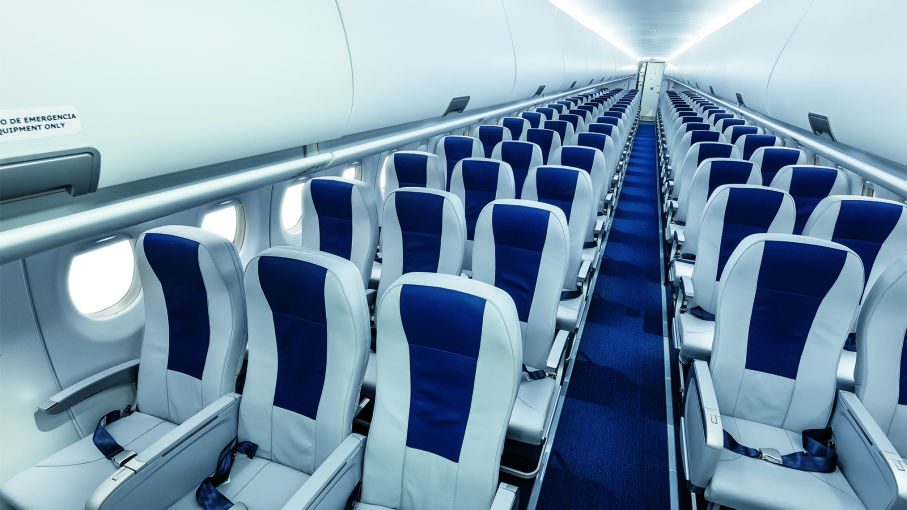What Is a Ghost Flight?

“Ghost Flight” may sound like the title of this year’s hottest horror flick, but it’s actually a real-life dilemma at the heart of a massive drop in global airline travel.
A ghost flight is essentially a planned route that an airline continues to fly, despite having few — or zero — passengers on board. The term originated out of Europe, where airlines are required to continue to fly their routes, even without passengers on board, so they can retain their air slots at airports. There is a similar regulation enforced by the Federal Aviation Administration (FAA) in the United States.
The European Commission, a regulatory body that manages the day-to-day polices of the European Union, also governs airports’ ability to force airlines to abide by a “use it or lose it” takeoff and landing policy in which airlines must stick to their time slots 80 percent of the time or lose those times to a competitor. Air travel already contributes at least 2.5 percent of the world’s carbon emissions, writes Vice, and ghost flights burn about 5 gallons (19 liters) of fuel per mile, emitting one-half ton (0.45 metric tons) of carbon dioxide for every seat, even if that seat is empty, notes the New York Post.
After widespread concerns about airlines’ financial losses and the impact of emissions on the climate, on March 10, 2020, the European Commission temporarily lifted what has become known as the “ghost flight” rule. Likewise, the FAA has suspended its requirement that airlines use their slots 80 percent of the time at U.S. airports.
The move is not unprecedented. A similar lifting of the Ghost Flight rule occurred after the Sept. 11, 2001, terrorist attacks on the U.S. The rule also was temporarily suspended during a SARS outbreak in 2003 and occasionally during the 2008 financial downturn.
Business Insider
✔
@businessinsider
Airlines are burning thousands of gallons of jet fuel flying empty ‘ghost’ planes so they can keep their flight slots during the coronavirus outbreak http://www.businessinsider.com/coronavirus-airlines-run-empty-ghost-flights-planes-passengers-outbreak-covid-2020-3 …
Airlines are burning thousands of gallons of fuel flying empty ‘ghost’ planes so they can keep…
Airlines are running empty “ghost” flights because of European rules forcing operators to run their allocated flights or risk losing their slots.
businessinsider.com
172
3:46 PM – Mar 6, 2020
Twitter Ads info and privacy
199 people are talking about this
However, the current shift comes at a time when the Air Transportation Association warns that global commercial aviation companies could experience more than $113 billion in losses because of a drop in airline travel in 2020. United Airlines, for example, reported in March 2020 that it has experienced a 70 percent decline in domestic ticketing, and plans to cancel flights in the coming months.



 Creators of mankind
Creators of mankind Description of “Tall white aliens”
Description of “Tall white aliens” Where they came from?
Where they came from? About hostile civilizations
About hostile civilizations The war for the Earth
The war for the Earth “Tall white aliens” about eternal life
“Tall white aliens” about eternal life Video: “Nordic aliens”
Video: “Nordic aliens” Aliens
Aliens Alien encounters
Alien encounters The aliens base
The aliens base UFO
UFO Technology UFO
Technology UFO Underground civilization
Underground civilization Ancient alien artifacts
Ancient alien artifacts Military and UFO
Military and UFO Mysteries and hypotheses
Mysteries and hypotheses Scientific facts
Scientific facts


















